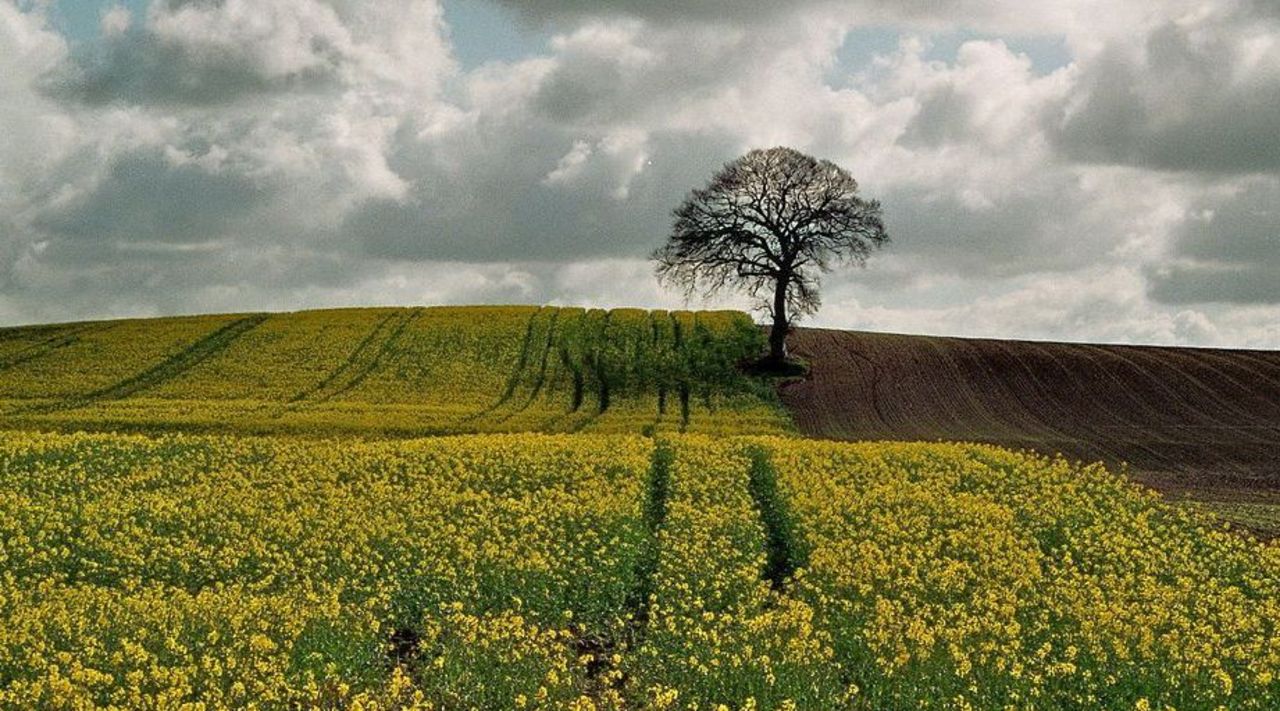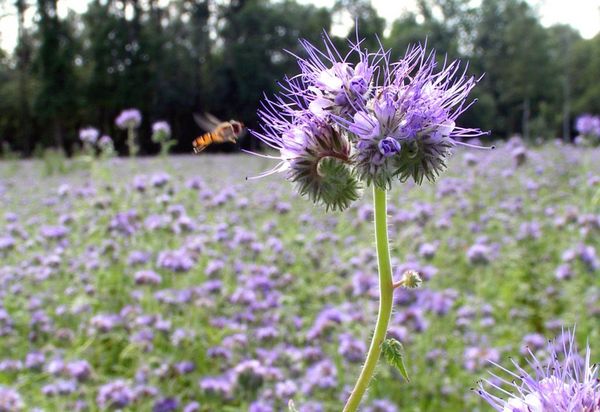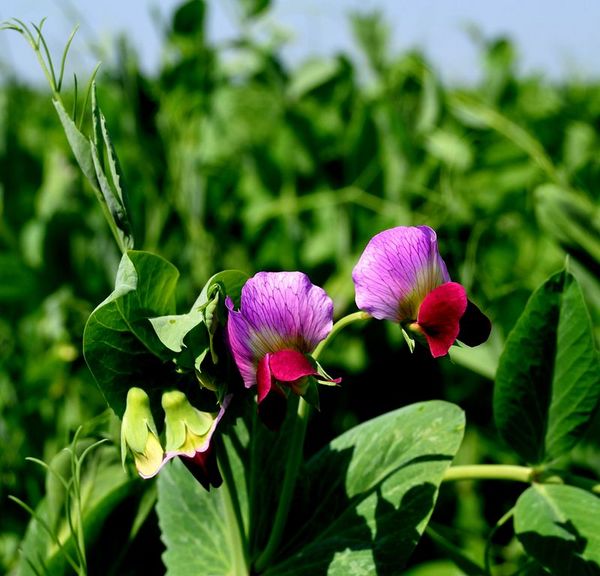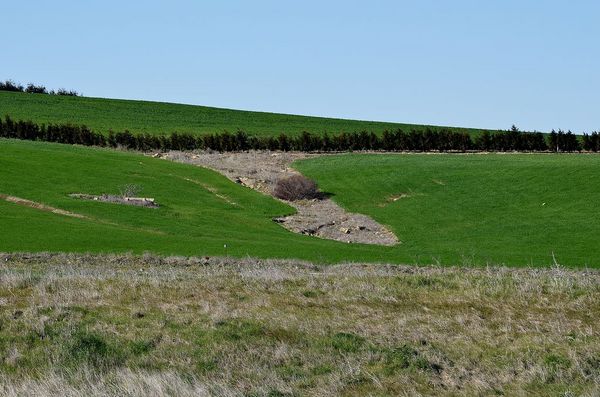Project
Environmental impacts of the agricultural reform of 2013 (GAPEval)

Evaluation of the CAP reform from the perspective of environmental protection (GAPEval)
Agriculture is the largest user of land in Germany and due to agriculture many different positive and negative effects on abiotic environmental goods, like soil, water, air and climate arise. In addition of agri-environmental measures the Common Agricultural Practice of the EU (CAP) uses the instrument of the Greening to implement environmental protection targets for agricultural areas. Within the GAPEVAL project we estimate the effects of the CAP reform on the protection of abiotic resources in Germany. We focus especially on the form of promotion and the implementation of the guidelines and the funding of the Greening.
Background and Objective
The reform of the CAP aims for a more environment-friendly, ‘greener’, first pillar. In this context we assess for example, the impact of new regulations on:
- soil erosion
- crop rotations
- small scale crop diversity
- soil carbon balances.
Furthermore we will formulate specific and feasible policy proposals to increase the benefits of the Greening for the environment.
Target Group
Ministries of agriculture and environment, farmers, consultants, official nature conservation, agricultural administration, European Commission
Approach
In a first step we evaluate the effectiveness of the Greening with respect to contribution to environmental targets. We analyze the data of the integrated accounting and control system (IACS) for the period 2010-2016 for 7 German Länder. In addition we will have a closer look on the implication of the agri-environmental schemes in these Länder. Furthermore, interviews with farmers, consultants and civil servants are planned to evaluate the environmental implications of the Greening and the practical experience with these new instrument.
We will provide recommendation for the future development of the CAP with respect to the protection of environmental resources.
Data and Methods
We use IACS data and various sources on site conditions to depict the agricultural land use and its driving factors. These data are analyzed with the help of geostatistical methods.
This statistical analysis is backed up by an analysis of legal and administrative documents and the interview of farmers and experts.
Our Research Questions
Is the Greening an efficient way to reach environmental targets? Are regional development programs (RDP) tailored to promote a sustainable use of environmental goods?
- Are RDP getting increasingly focused on environmental targets?
- Did the acceptance of agri-environmental measures change over the years?
- How do the stakeholders (farmers, consultants, administration) judge the practicability of the Greening?
- How can the efficiency of the Greening be improved?
Results
The project will provide information on the impact of new regulations on:
- soil erosion
- crop rotations
- small scale crop diversity
- soil carbon balances.
Links and Downloads
Thünen-Contact

Involved Thünen-Partners
Involved external Thünen-Partners
- Institut für Ländliche Strukturforschung (IfLS)
(Frankfurt am Main, Deutschland)
Funding Body
-
Umweltbundesamt (UBA)
(national, öffentlich)
Duration
9.2015 - 11.2017
More Information
Project status:
finished
Publications to the project
- 0
Röder N, Ackermann A, Baum S, Birkenstock M, Dehler M, Ledermüller S, Rudolph S, Schmidt TG, Nitsch H, Pabst H, Schmidt M (2019) Evaluierung der GAP-Reform aus Sicht des Umweltschutzes - GAPEval : Abschlussbericht [online]. Dessau: Umweltbundesamt, 291 p, Texte UBA 58, zu finden in <https://www.umweltbundesamt.de/publikationen/evaluierung-der-gap-reform-aus-sicht-des> [zitiert am 19.06.2019]
- 1
Birkenstock M, Röder N (2018) Gestaltung und Umsetzung der Gemeinsamen EU-Agrarpolitik ab 2021 - Übersicht über die politischen Debatten. Dessau: Umweltbundesamt, 66 p, Texte UBA 108
- 2
Röder N, Ackermann A, Baum S, Rudolph S (2018) Status quo und aktuelle Entwicklungen der landwirtschaftlichen Flächennutzung in Deutschland [inkl. Zusatzmaterial]. Natur Landsch 93(6):250-257, DOI:10.17433/6.2018.50153581.250-257
- 3
Röder N, Laggner B, Osterburg B, Schmidt TG (2016) Grassland: quantification of the environmental services provision. Grassl Sci Europe 21:684-686

![[Translate to English:] [Translate to English:]](/media/_processed_/2/0/csm_LV_Bei_Hornburg_Quelle_Johanna_Fick_neu_da89674833.jpg)
![[Translate to English:] [Translate to English:]](/media/_processed_/2/0/csm_LV_Bei_Hornburg_Quelle_Johanna_Fick_neu_3aae309567.jpg)



![[Translate to English:] Logo des Bundesministerium für Ernährung und Landwirtschaft](/media/allgemein/logos/BMEL_Logo.svg)